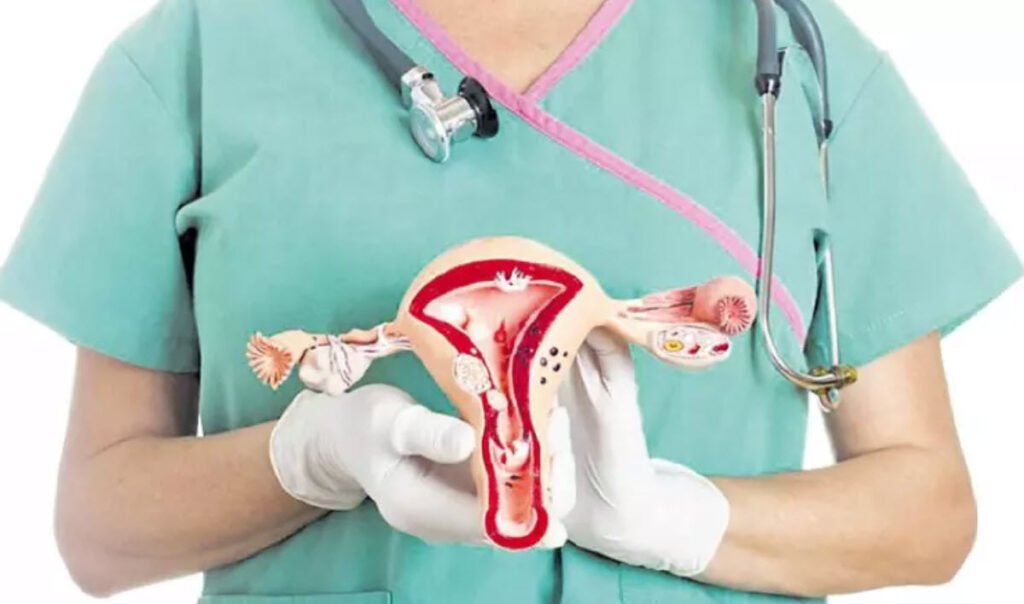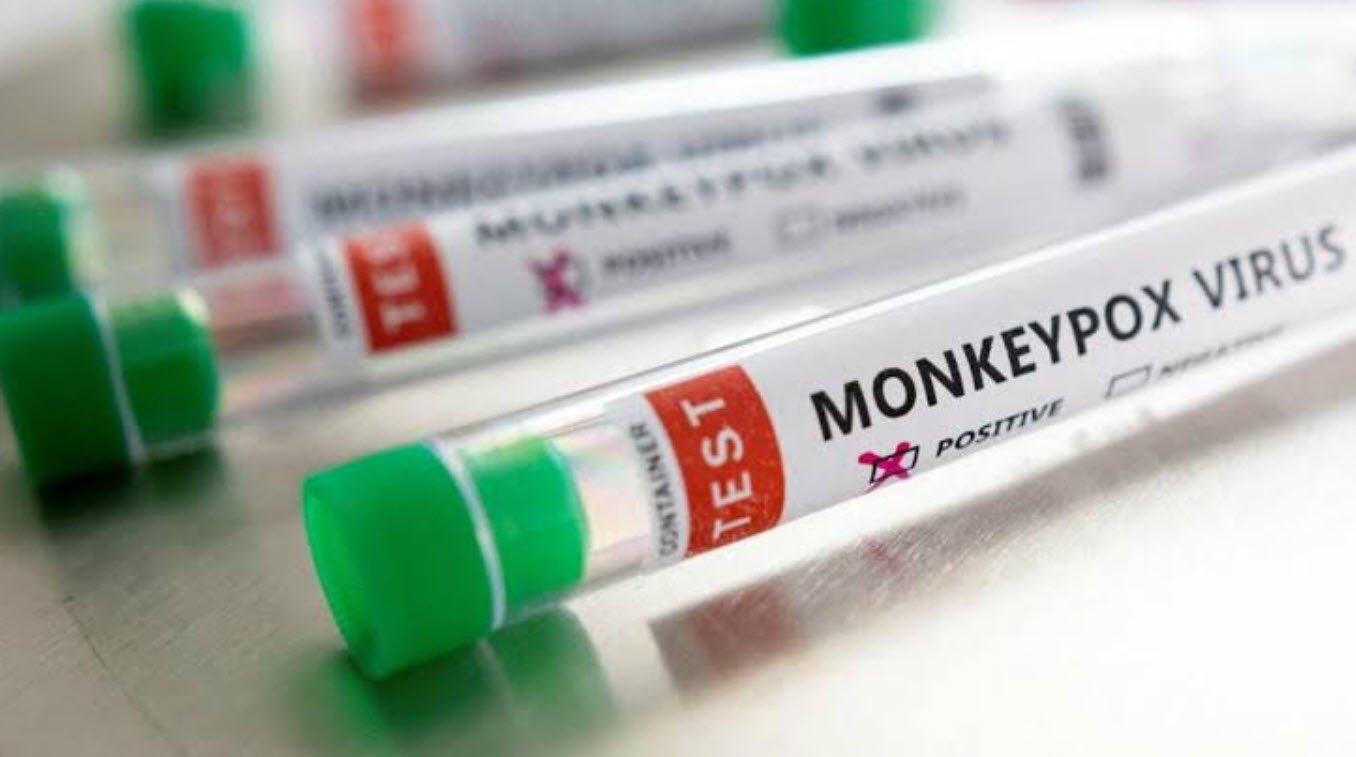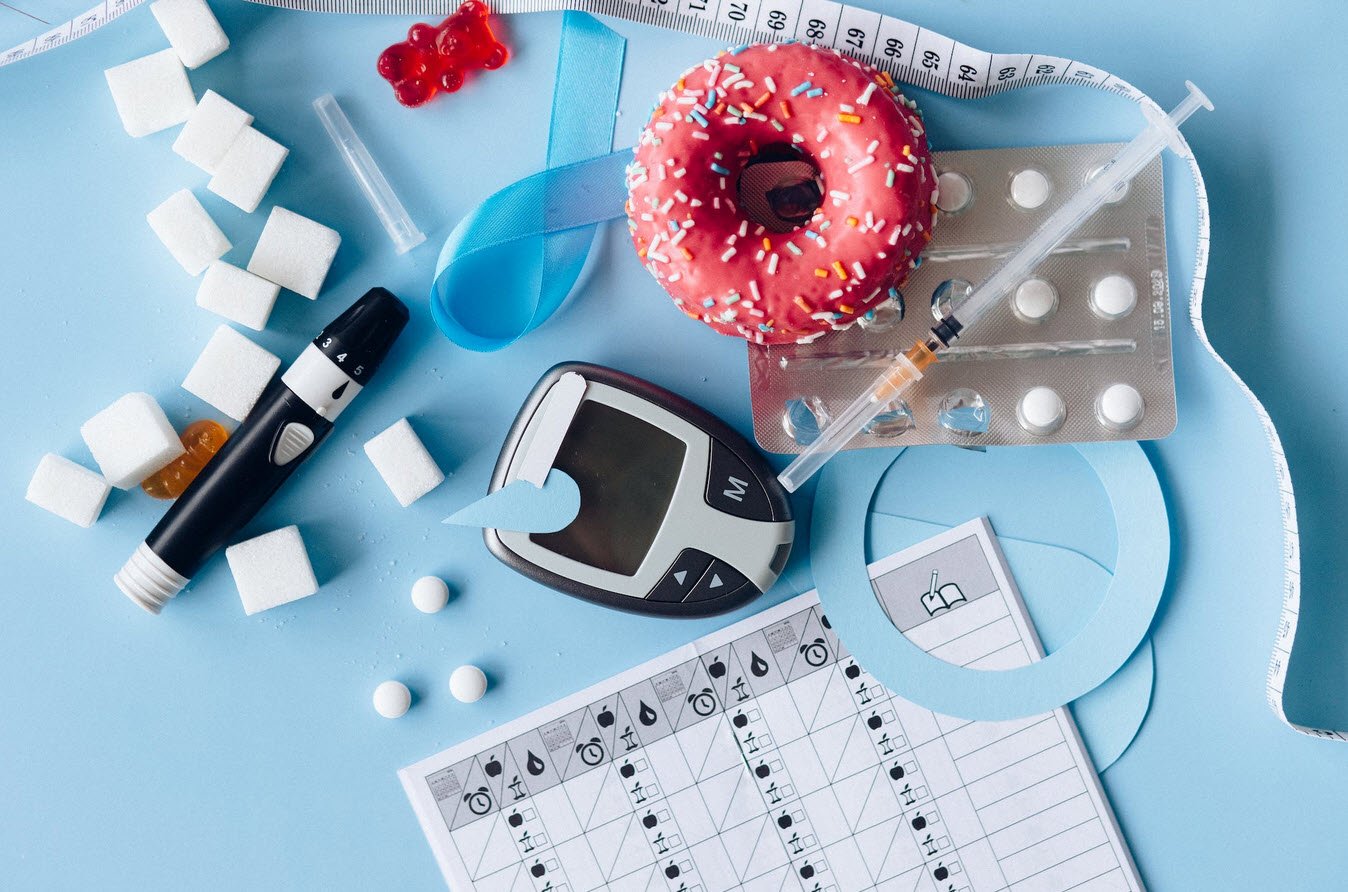
Cervical cancer is a significant health concern for women worldwide, but fortunately, there are effective strategies available to prevent and detect it early. The Pap test, HPV test, and HPV vaccine play vital roles in reducing the risk of cervical cancer. By understanding these preventive measures and taking proactive steps, women can protect their health and well-being.
1. The Pap Test
The Pap test, also known as a Pap smear, is a highly reliable and effective screening tool for cervical cancer. By regularly undergoing Pap tests, women can identify precancerous changes in the cells of the cervix.
Treating these abnormalities early can prevent the development of cervical cancer. It is important to note that the Pap test exclusively screens for cervical cancer and does not detect other types of cancer. Women who have never had a Pap test or have not had one within the last five years are at higher risk of developing cervical cancer. Therefore, routine Pap testing is crucial for early detection and prevention.
2. The HPV Test
The HPV test is used to detect the presence of the human papillomavirus (HPV) on the cervix. HPV is a virus that can cause cellular changes leading to cervical cancer. For women aged 30 years and older, the HPV test can be used alongside the Pap test (known as co-testing) to screen for cervical cancer.
Additionally, the HPV test provides valuable information when Pap test results are inconclusive for women aged 21 and older. By incorporating the HPV test into screening protocols, healthcare professionals can identify women at higher risk of developing cervical cancer and provide appropriate interventions.
3. The HPV Vaccine
The HPV vaccine is a powerful preventive measure that protects against the types of HPV responsible for the majority of cervical, vaginal, and vulvar cancers. Administered to preteens (both boys and girls) aged 11 to 12 years, the HPV vaccine can be given as early as age 9 and up to age 26. The vaccine is administered in a series of two or three shots, depending on the recipient’s age.
A two-dose schedule, given six to twelve months apart, is recommended for those who start vaccination before age 15. For individuals aged 15 to 26, the vaccine is administered in three shots over a period of 0, 1-2, and 6 months. It is important to note that even vaccinated women should continue to undergo regular Pap tests for cervical cancer screening.
Conclusion
Preventing cervical cancer and detecting it early are crucial for ensuring women’s health and well-being. The Pap test, HPV test, and HPV vaccine are essential tools in these efforts.
Regular Pap tests allow for the identification and treatment of precancerous changes, while the HPV test provides additional screening information for specific age groups.
The HPV vaccine offers significant protection against the types of HPV responsible for cervical, vaginal, and vulvar cancers. It is essential for women to take proactive steps, such as undergoing regular screening tests and discussing HPV vaccination with healthcare professionals, to reduce their risk of developing cervical cancer. By prioritizing prevention and early detection, women can safeguard their health and contribute to the overall reduction of cervical cancer cases.








